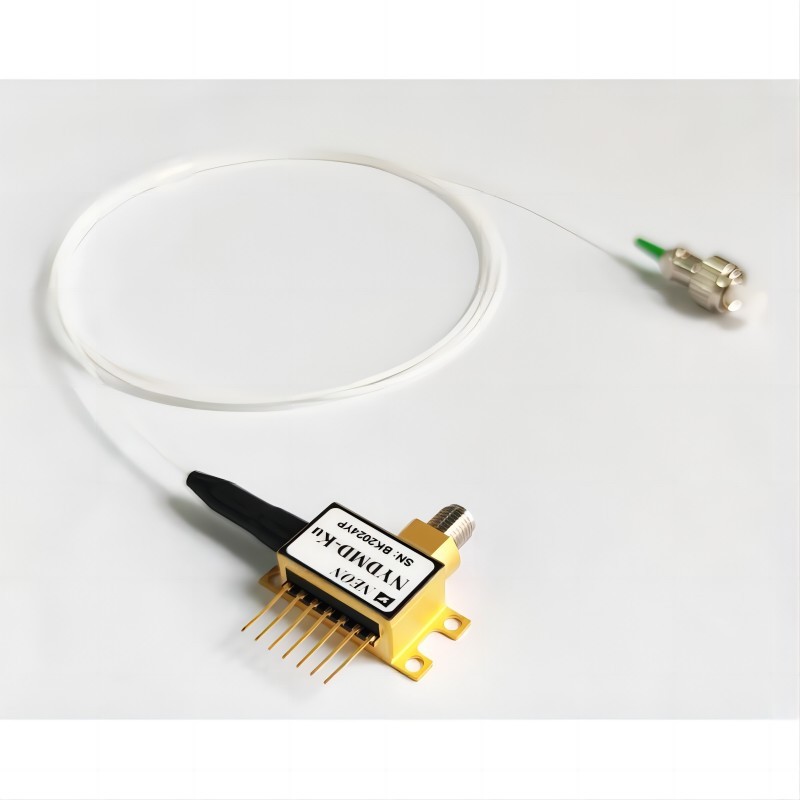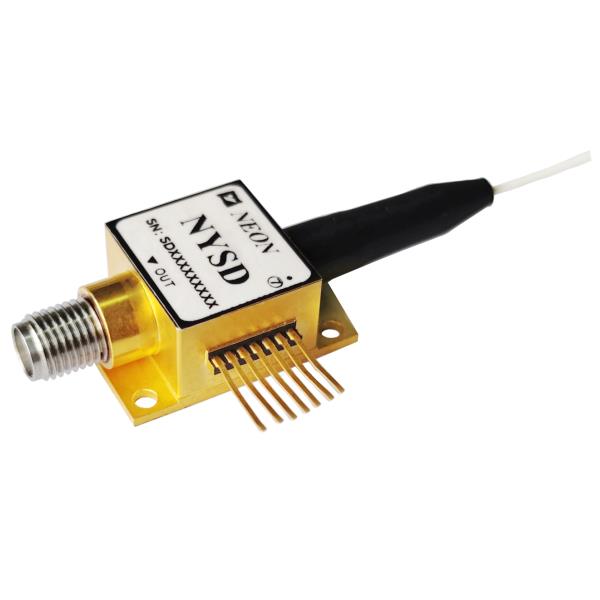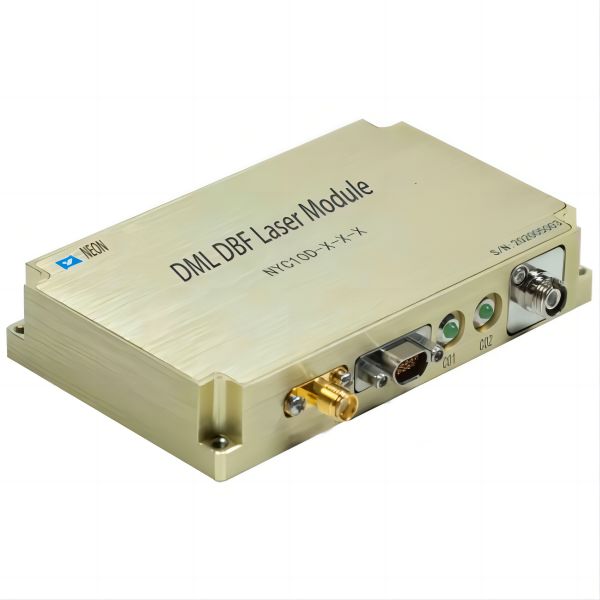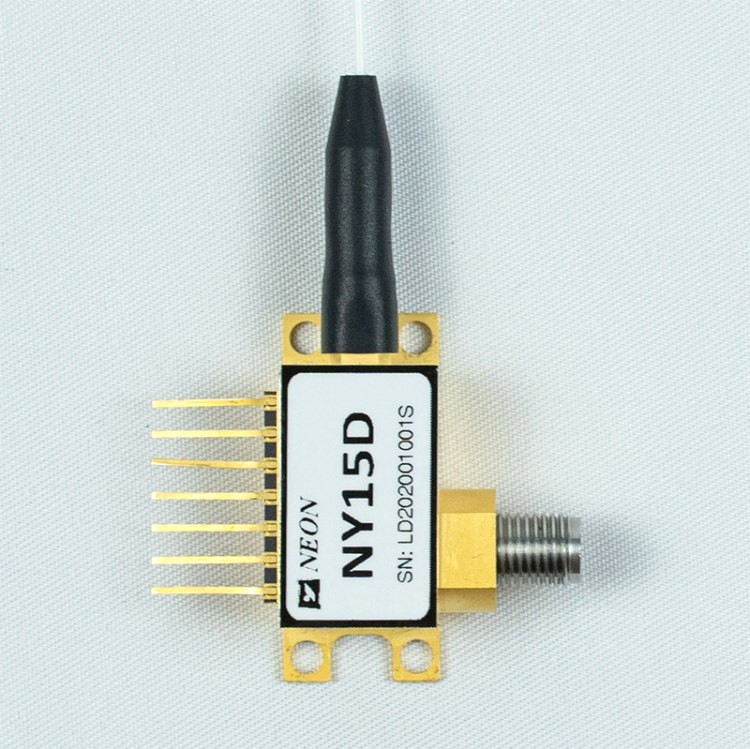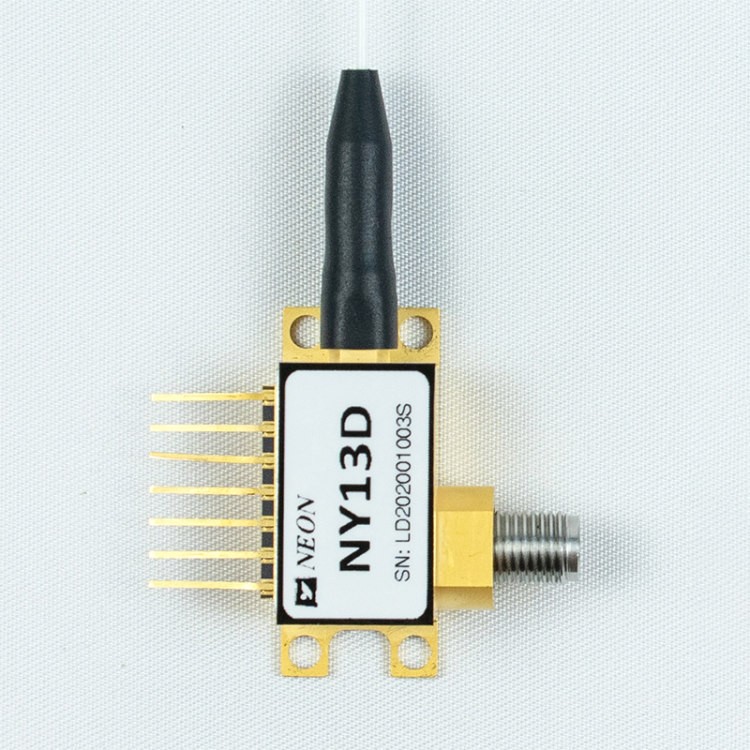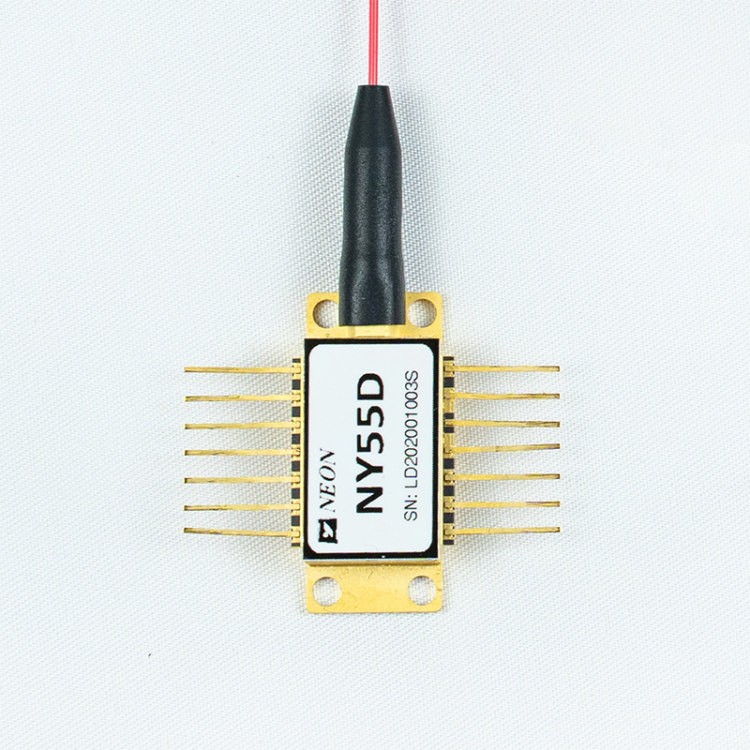1310nm vs. 1550nm Lasers: Understanding the Differences for Fiber Optic Communication
Lasers play a crucial role in modern communication systems. They concentrate light into a narrow, coherent beam, allowing for efficient transmission of information over long distances. In the realm of fiber optic communication, specific types of lasers are employed to transmit data through optical fibers. This article delves into two prevalent types: 1310nm lasers and 1550nm lasers, exploring their key characteristics, transmission properties, and applications.
The Role of Lasers in Fiber Optics
Lasers (Light Amplification by Stimulated Emission of Radiation) are devices that generate a coherent, narrow beam of light. Unlike traditional light sources, laser light has a single, well-defined wavelength, making it ideal for transmitting information through optical fibers. In fiber optic communication, lasers convert electrical signals carrying data into optical signals for transmission through hair-thin glass fibers. These fibers offer several advantages over traditional copper cables, including lower signal loss, immunity to electromagnetic interference, and the ability to transmit vast amounts of data.
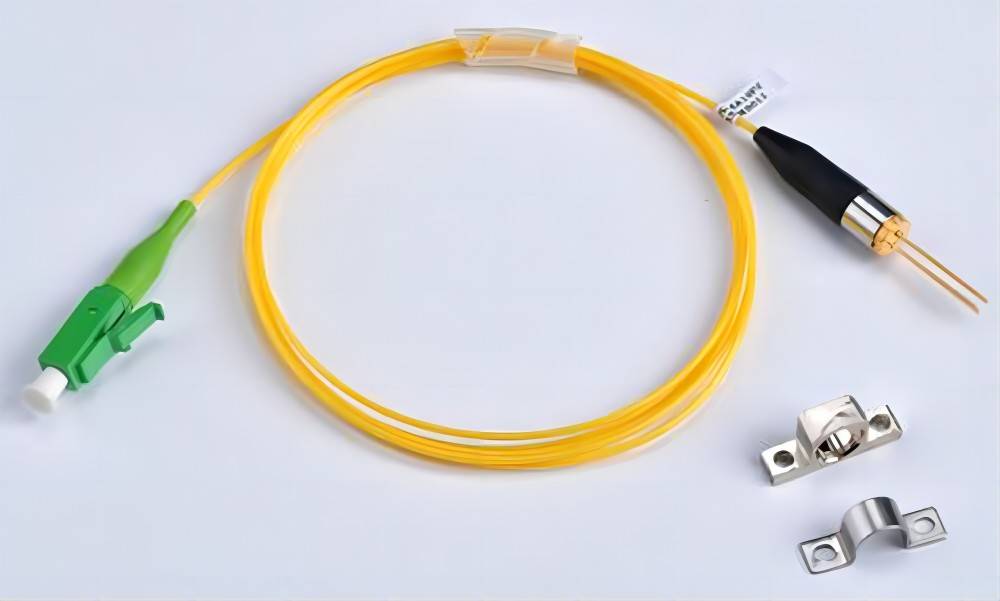
Wavelength and Transmission Properties of Lasers
Wavelength
Wavelength refers to the distance between two consecutive peaks (or troughs) in a wave. It is measured in nanometers (nm), which are billionths of a meter. In the context of lasers, wavelength determines the color of the light emitted.
1310nm and 1550nm lasers operate at specific wavelengths within the infrared spectrum, invisible to the human eye. A key difference lies in the value of their wavelengths: 1310nm lasers emit light at a shorter wavelength compared to 1550nm lasers.
Transmission Properties in Optical Fibers
The wavelength of the laser beam significantly impacts how it travels through an optical fiber. Two main phenomena affect signal transmission in fibers: attenuation and dispersion.
1. Attenuation: This refers to the weakening of the signal as it travels through the fiber. Attenuation is measured in decibels per kilometer (dB/km). In simpler terms, a higher attenuation value signifies greater signal loss over a specific distance.
1310nm lasers experience a lower attenuation coefficient in silica optical fibers, the most commonly used type. This translates to less signal loss for shorter distances compared to 1550nm lasers.
2. Dispersion: This phenomenon refers to the broadening of a light pulse as it propagates through the fiber due to different wavelengths traveling at slightly different speeds. Dispersion can distort the signal and limit data transmission capacity.
1550nm lasers exhibit lower dispersion compared to 1310nm lasers in silica fibers. This characteristic becomes increasingly important for longer distances where dispersion effects can significantly impact signal integrity.
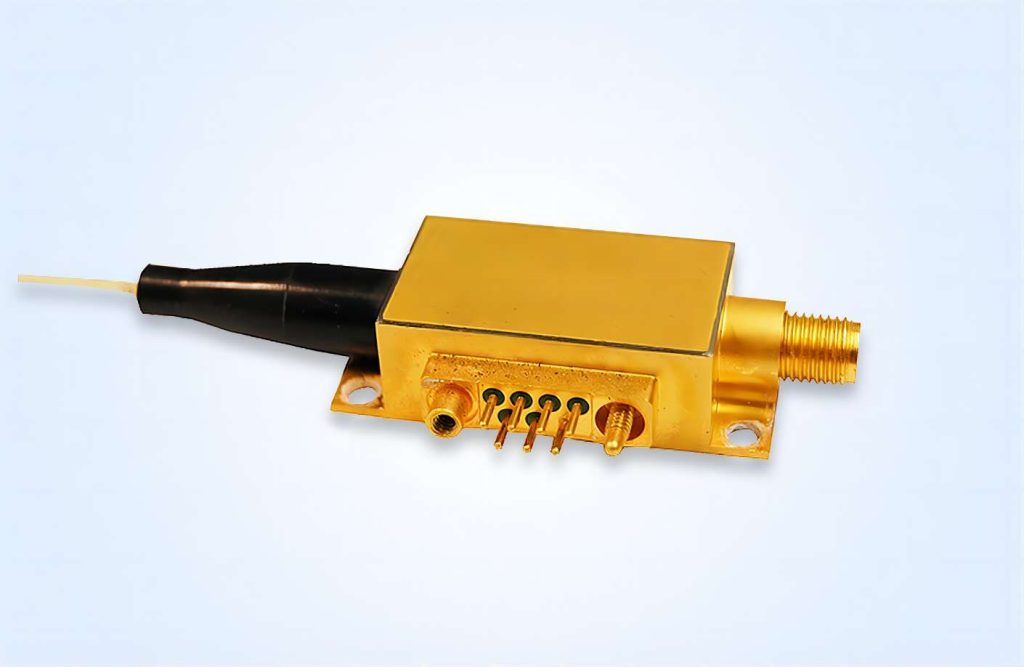
Applications
The choice between 1310nm and 1550nm lasers depends on the specific application and transmission distance requirements.
1310nm Laser Applications
Due to their lower initial cost and good performance for shorter distances, 1310nm lasers find application in various scenarios:
- Local Area Networks (LANs): These are networks connecting computers and devices within a limited geographical area, such as an office building or campus. 1310nm lasers are suitable for these shorter-distance data transmission applications due to their cost-effectiveness and adequate signal strength.
- Fiber Optic Sensors: Lasers are used in various sensors that utilize light to measure physical or chemical parameters. 1310nm lasers can be employed in such sensors due to their compatibility with standard fibers and lower cost compared to 1550nm alternatives.
- Enterprise Access Networks: These networks connect user devices within an organization to the core network. 1310nm lasers can be used for these medium-distance applications, balancing cost and performance requirements.
1550nm Laser Applications
- Metro Networks: These networks connect cities or metropolitan areas, typically spanning tens to hundreds of kilometers. 1550nm lasers are crucial for these applications due to their ability to maintain strong signal integrity over longer distances.
- Long-Haul Networks: These networks connect geographically distant locations, often covering thousands of kilometers. 1550nm lasers are the preferred choice for such long-haul applications due to their minimal signal loss and ability to handle high-bandwidth data transmission.
- Undersea Communication Cables: These cables carry data traffic across oceans, requiring exceptional signal strength and minimal dispersion. 1550nm lasers are the primary choice for these applications due to their superior performance over vast distances.
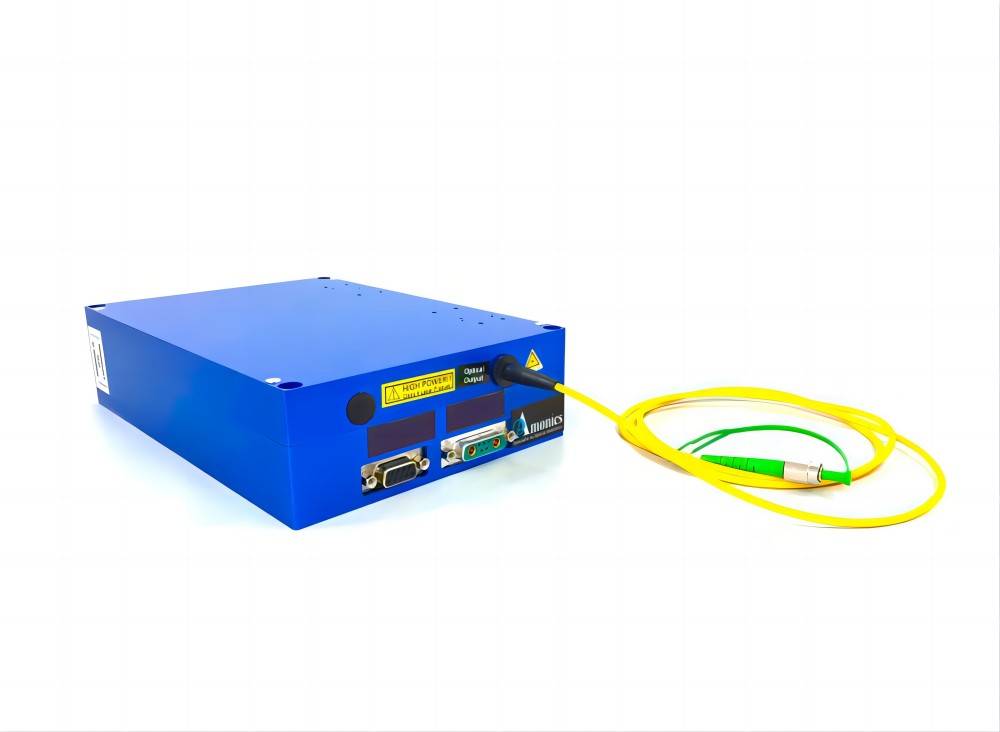
Conclusion
The selection between 1310nm and 1550nm lasers hinges on the specific application and transmission distance. For shorter distances and cost-sensitive applications, 1310nm lasers offer a viable solution. However, for longer distances where maintaining signal strength and minimizing dispersion are critical, 1550nm lasers become the preferred choice. Understanding these distinct characteristics allows for the optimal selection of lasers in fiber optic communication systems, ensuring efficient and reliable data transmission across varying distances.


